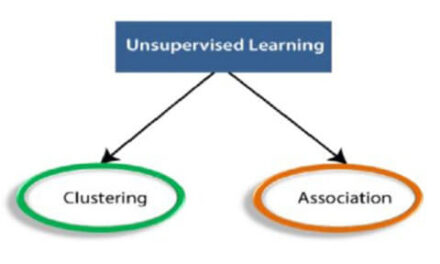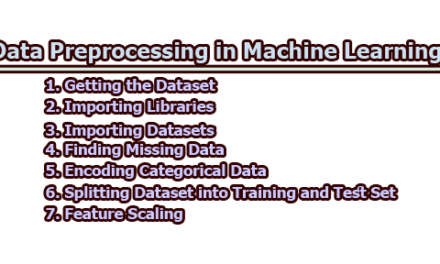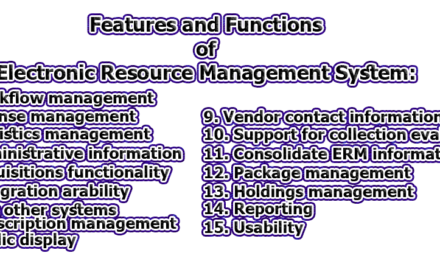Applications of PHP
PHP is a scripting language that is used to design to develop dynamic web pages. While its main purpose was server-side scripting, it has grown to include the capabilities of a command-line interface and can also be used to develop client-side Graphical User Interfaces (GUI) applications. In this article, we are going to know different types of Applications of PHP.
- Web Pages and Web-Based Applications: Any web page or web application developed in the current ecosystem must have a high degree of customization, provide a highly interactive user interface, be able to perform online transactions, and integrate with the database system. The linear method works on browsers, servers, and database systems which PHP offers a reliable solution to achieve these features through its three-tier architecture. As a result, PHP uses more than 82% of websites for server-side programming; More than 244 million websites are built using PHP. In addition, a large portion of web-based enterprise applications and Facebook applications are scripted in PHP.
- Web Content Management Systems: PHP supports numerous databases, including MySQL, Oracle, and MS Access, and is able to interact with other services using protocols such as IMAP, LDAP, POP3, NNTP, SNMP, HTTP, etc. As a result, PHP has been used to create popular web Content Management Systems (CMS), including WordPress and its plugins, user-facing parts Facebook, Joomla, Drupal, Moodle, SilverStripe, Media-Wiki, Digg, and others.
- E-Commerce Applications: From slight businesses to heavy enterprises, selling to online buyers is now an essential requirement. Using frameworks such as CodeIgniter and CakePHP, PHP allows quick and easy to create e-commerce applications. Most of the highly used eCommerce platforms, such as OpenCart, Magento, PrestaShop, Zen Cart, AgoraCart, and Ubercart, have all been created on PHP.
- GUI-Based Applications: Although PHP is mainly used as a scripting language for web-based applications, it can also be used to create applications based on the desktop Graphical User Interface (GUI). Tools like PHP-GTK-2, DevelStudio, and ZZEE PHP GUI allow scripting in PHP, accumulating it into .exe capable of running individual.
- Create Flash: An open-source library, such as Ming, helps to create .swf format movies that include most features of Flash – gradients, bitmaps (PNG and JPEG), morphs, shapes, text, buttons, actions, and animations. In addition, Flash essentials such as login-forms and email forms can be easily created and integrated into dynamic web pages using PHP.
- Image Processing and Graphic Design: In addition to managing text content, PHP can also be used to operate images. PHP applications integrate various image processing libraries such as GD Library, ImageMagic, JPEG, GIF, WBMP, XPM, and PNG, to allow rotation, crop, resize, thumbnail pictures. This feature is a significant requirement for building durable websites and web applications.
- Data Representation: Using tools like Image, Graph. PHP can be used to create form of graphs, charts, scraper-dot plots, and other ways of presenting graphical representations. This feature finds applications in client-side desktop applications, e-Commerce websites, and other applications where data needs to be presented in a concise and graphical manner.
Further, PHP can be used to create PDF files by using a library called PDFlib. This can assist in the creation of an online invoicing system where an HTML-driven invoice is created in PDF format.

Assistant Teacher at Zinzira Pir Mohammad Pilot School and College










